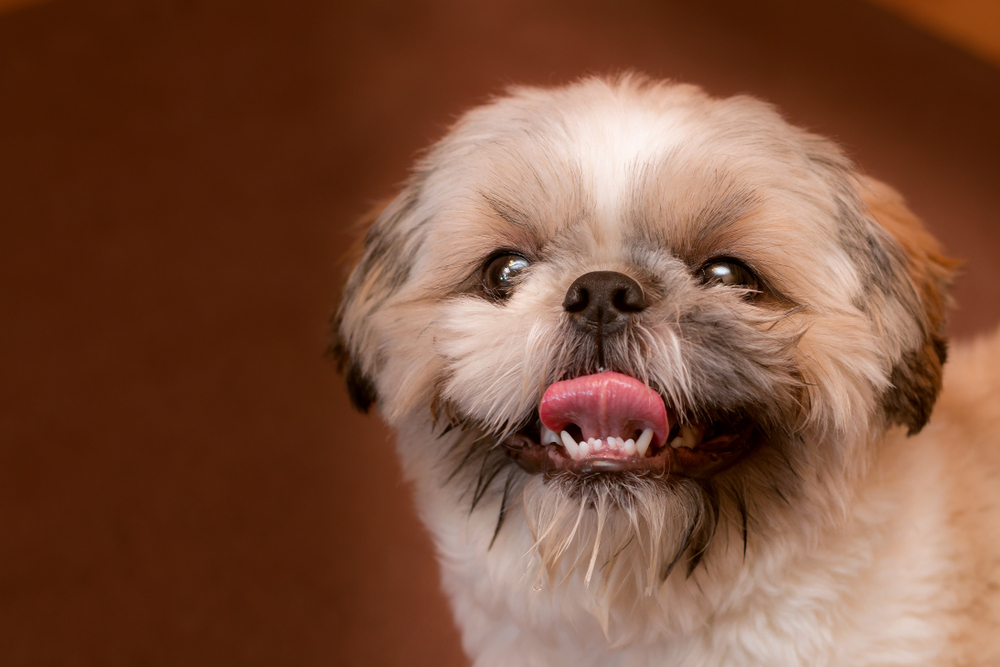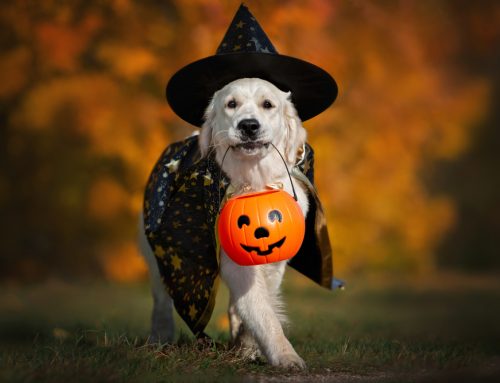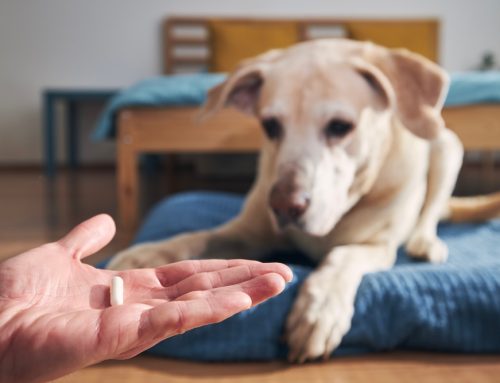While you may be familiar with pugs and bulldogs, you may be unfamiliar with the scientific term for these flat-faced dogs—brachycephaly, meaning shortened head. Brachycephalic features characterize many dog and cats breeds, including:
- Pugs
- English and French bulldogs
- Boston terriers
- Boxers
- Cavalier King Charles spaniels
- Lhasa apsos
- Pekingese
- Shih tzus
- Persian cats
- British shorthair cats
However, an adorable shortened snout and flattened face can come with a price—an increase in medical problems. Before you bring home a brachycephalic pet, our Star of Texas Veterinary Hospital team recommends you learn about the most common health issues that affect these pets.
#1: Brachycephalic pets’ breathing issues
Because of their skull shape, brachycephalic pets have a narrow airway that begins at their nostrils and extends to their lungs. Narrowed nostrils, elongated soft palate, enlarged tongue and tonsils, swollen laryngeal saccules, and a hypoplastic trachea (i.e., a narrower trachea than normal) contribute to brachycephalic obstructive airway syndrome (BOAS).
BOAS signs include:
- Snorting or snoring
- Exercise intolerance
- Gagging
- Collapse
- Tendency to overheat
Many brachycephalic pets need surgery to enjoy a reasonably good quality of life. Although nasal cartilage removal, soft palate reduction, or tonsil removal can be risky, surgery is often necessary so the patient can breathe easier. Any overweight pet can struggle to breathe, but to keep a pet with BOAS breathing comfortably, weight management is especially important.
#2: Brachycephalic pets’ skin problems
Brachycephalic pets typically have tight facial folds and wrinkles, particularly around the eyes and nose, and some breeds with short, coiled tails (e.g., bulldogs) have tight tail head folds. These tight skinfolds trap moisture and debris, making them an ideal breeding ground for bacterial and yeast infections. Frequent cleaning of these tight skinfold areas, often with medicated wipes, is crucial to curtailing pathogen populations and preventing frequent skin problems.
Many brachycephalic breeds (e.g., bulldogs, pugs, boxers) are also genetically predisposed to skin allergies. This combination of genetic allergy predisposition and tight skinfolds can cause brachycephalic pets year-round skin issues.
#3: Brachycephalic pets’ spinal abnormalities
Brachycephalic pets who have short, coiled tails have a higher risk of spinal abnormality than non-brachycephalic pets. Genetic malformations cause abnormal tail and spine vertebral development that can lead to serious health issues such as hind end paralysis or painful intervertebral disc disease. Spinal malformation signs include:
- Wobbliness
- Pain when touched along the back
- Inability to jump
- Back leg weakness
- Hind end muscle atrophy
- Gait change
- Incontinence
Despite multimodal treatment—surgery and physical therapy—brachycephalic pets’ spines and hind leg abnormalities cannot always be corrected, leading to a gradual health decline.
#4: Brachycephalic pets’ eye problems
Eye problems plague brachycephalic pets because of their facial skeletal structure—flat faces and shallow eye sockets that provide little protection for their protruding globes. A brachycephalic pet’s eye can easily proptose (i.e., pop out of the socket.) While your pet’s eye proptosis may greatly upset you, your brachycephalic pet can suffer more debilitating eye conditions, such as:
- Inability to blink properly
- Corneal ulcers
- Abnormal tear production
- Entropion (i.e., inward rolling eyelids that scratch the eye)
Signs that your pet has developed an eye issue include:
- Excessive blinking or squinting
- Watery eyes
- Light sensitivity
- Eye rubbing
- Eye redness or clouding
- Head shyness
- Decreased vision, especially at night
Surgery is necessary to help resolve conditions such as entropion or proptosis, but pain management and various eye ointments and drops can help resolve corneal ulcers, decreased tear production, and other minor injuries or issues. Despite receiving appropriate treatment, some brachycephalic pets completely lose their eyesight.
#5: Brachycephalic pets’ dental issues

Brachycephalic pets have the same number of teeth as other pets, but their shortened snout means they have a smaller jaw, which can lead to some teeth failing to erupt, crooked teeth, and extremely overcrowded teeth that trap food and debris. To slow brachycephalic pets’ dental disease progression, daily toothbrushing is a must, paired with regular veterinary dental care. Occasionally, to alleviate your pet’s mouth pain or correct an improper bite, your veterinarian will extract some of your pet’s overcrowded teeth.
Know your brachycephalic pet’s health risks when welcoming them to your family by scheduling their wellness exam with our Star of Texas Veterinary Hospital team, and learning more about their health care needs.






